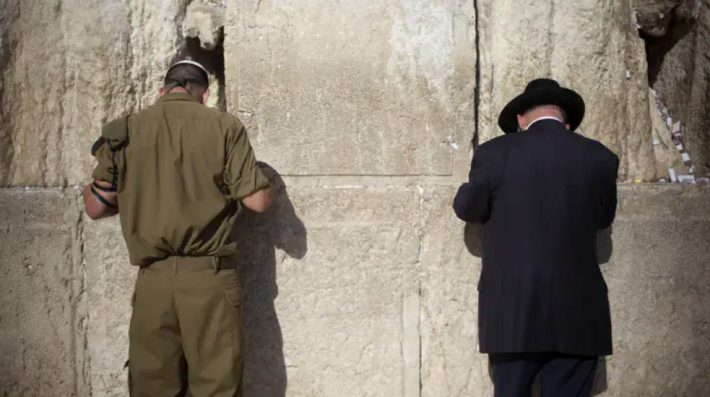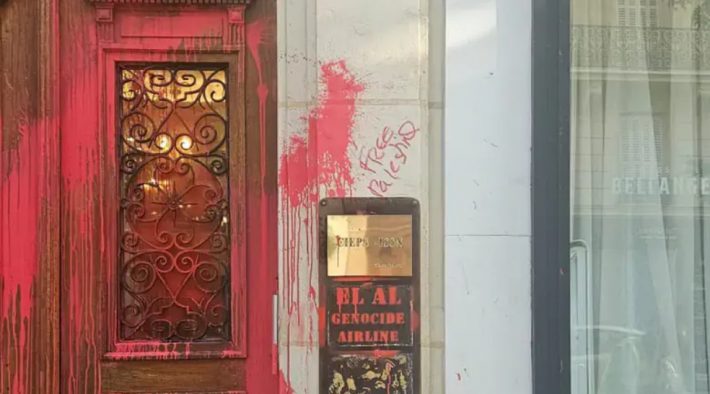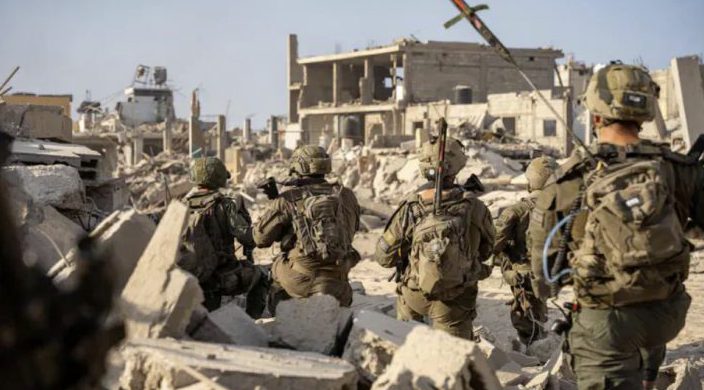Amid mounting political tensions over the conscription of yeshiva students, Israel is witnessing both conflict and creativity in integrating the haredi community into its national defense framework. From combat battalions to intelligence units and emergency services, haredim are finding diverse ways to serve without compromising their values.
As Israel navigates one of the most heated debates in its modern history—whether or not to mandate military service for haredi Jews—both the government and the haredi community are taking unprecedented steps. The United Torah Judaism (UTJ) party has threatened to dismantle the coalition if blanket draft exemptions for yeshiva students aren’t enshrined in law. In parallel, UTJ MKs have begun resigning from government posts, prompting Prime Minister Netanyahu to launch a flurry of meetings to prevent a political collapse.
At the same time, the IDF has ramped up enforcement, issuing tens of thousands of draft orders to haredi men and expanding measures to crack down on service evasion.
Yet, this confrontation tells only part of the story.
Despite public perception, haredi involvement in Israel’s security apparatus is neither marginal nor new. The tragic loss of five soldiers from the Netzach Yehuda Battalion in Beit Hanoun served as a sobering reminder: haredim are already serving on the front lines—and in meaningful numbers. The tens of thousands who turned out to mourn their deaths underscored this reality. The central question remains: How can haredim serve Israel without sacrificing their deeply held beliefs?
Haredim in the IDF: Custom Paths of Service
The Israeli military has invested in creating frameworks tailored for haredi life, such as Nahal Haredi, Netzach Yehuda, the Chetz and Tomer units, and most recently, the Hashmonaim Brigade—all allowing haredi men to serve in combat without compromising religious standards.
Outside combat, the Shachar program enables haredim to serve across IDF units with customized religious accommodations. Haredim are increasingly visible in roles like IAF technicians, cybersecurity experts, and intelligence analysts, reflecting a quiet but growing integration.
For those past the traditional draft age, the Shlav Bet program offers another route—short basic training followed by reservist classification, allowing haredim to contribute professional expertise while preserving lifestyle and livelihoods.
Haredim in the Police and Emergency Forces
The Israel Police offers haredi-specific tracks, such as the Border Police haredi unit and the Choshen command training program, designed for religious recruits. The “Believing in the Police” program mirrors the Hesder model, merging yeshiva life with public service.
Community police officers—often locals—serve as critical bridges between haredi neighborhoods and law enforcement. Their presence fosters trust, reduces tension, and creates space for cooperation rooted in shared values rather than institutional suspicion.
Following the October 7th attacks, emergency civilian squads have been established even in haredi towns like Beitar, where residents carry out daily security patrols without leaving their community framework.
Prison Service and Civilian Roles
The Israel Prison Service offers the Ma’alot program, a track under Israel’s civilian national service network, which allows haredim to serve while maintaining religious norms. Some prison chaplains are drawn from haredi ranks, ensuring Jewish prisoners’ spiritual needs are met with authenticity.
National Security Minister Itamar Ben-Gvir has pushed for increased haredi integration in both the police and prison services, offering financial incentives, gender separation safeguards, and supportive service conditions. His office has even proposed transferring Netzach Yehuda under Border Police command, where haredim may feel more ideologically aligned.
Secret Services: Torah Meets Technology
Both the Mossad and Shin Bet (ISA) have opened elite programs for haredim. The Pardes program in the Mossad focuses on intelligence analysis, system planning, and advanced tech, drawing on yeshiva-honed skills in logic and memory.
In the ISA, Kodcode trains haredim in programming and cybersecurity for deployment in elite tech units. These programs not only prepare participants for national defense work but also integrate them into Israel’s high-tech economy.
Rumors even point to haredi participation in elite operations, such as a commando mission in Iran, suggesting that haredi contribution now reaches Israel’s most classified missions.
Haredi Women in Service
Though less publicized, haredi women are also quietly stepping into national service roles, particularly in non-combat tracks within the IDF and police. These programs are governed by strict religious guidelines, appealing not only to haredi women but also to observant women from across Israel seeking a compatible service framework.
As of now, no combat units for haredi women exist—due largely to limited demand and religious constraints—but growing interest may eventually change that.
Alternative Service: A Work in Progress
Some propose alternative civilian service tracks for haredim, including roles in Magen David Adom, ZAKA, United Hatzalah, or environmental work with the Nature and Parks Authority. These options aim to enable haredim to serve within their communities in ways that are meaningful, respectful, and vital to national infrastructure.
However, public opinion remains divided. Critics argue that no substitute matches the IDF, while proponents highlight the real, life-saving contributions of such service. Some proposed bills include tiered service lengths or combat-first clauses, but none have yet passed into law.
Looking Ahead: Conflict or Collaboration?
The divide between Israel’s secular institutions and its haredi citizens remains stark. Yet within the IDF, the police, and even the intelligence agencies, haredim are already proving that service and tradition can coexist.
The post–October 7th reality has sharpened the urgency of recruitment. But it has also revealed that cooperation, creativity, and mutual respect may offer a sustainable way forward.
Rather than forcing assimilation, the path ahead may lie in honoring religious convictions while enabling civic contribution. The haredi community is not a monolith, and the evolving models of service reflect this complexity.
The ultimate challenge is not just manpower—but vision. A state that finds room for every citizen to serve meaningfully is not only stronger—it is more united.





